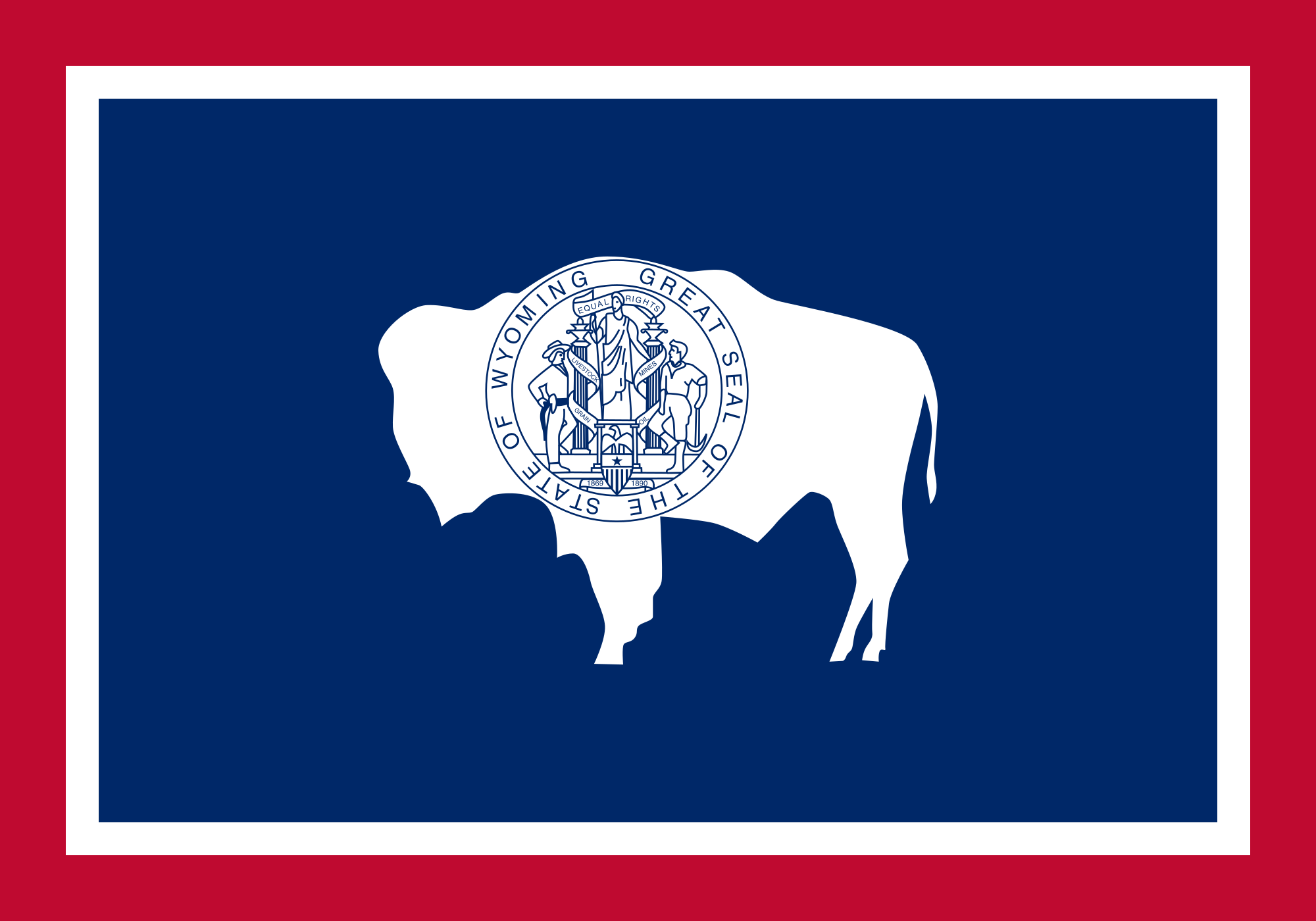SVIalpine.com is made possible thanks to a partnership between SVI Media, the Alpine Travel & Tourism Board and the Town of Alpine.
© 2024 SVI Media
Proudly built by Wyomingites in Wyoming

Elk feedground use on the Bridger-Teton National Forest is under review.
The B-T reports the Wyoming Game and Fish Commission (WGFC) has applied for continued long-term use of facilities at Dell Creek and Forest Park elk feedgrounds to conduct winter elk management activities.
WGFC manages a supplemental feeding program for wintering elk on 21 feedgrounds in western Wyoming, seven of which occur on the forest.
The B-T further reports in addition to these 21 feedgrounds, the U.S. Fish and Wildlife Service supplementally feeds elk in the winter on the National Elk Refuge. Elk feedgrounds increase the risk of chronic wasting disease (CWD) transfer among elk and other ungulates but limits the risk of brucellosis transfer to cattle. CWD is a 100% fatal disease if contracted by ungulates. Brucellosis can be transferred from elk to cattle, and is a contagious, costly disease with animal health, public health, and international trade consequences.
The National Elk Refuge and Wyoming Game and Fish Department (WGFD) are conducting concurrent elk feedgrounds analyses.
“First it’s important to acknowledge how complicated this issue is,” explained Chad Hudson, B-T Supervisor in an earlier interview with SVI Media. “There are a lot of variables, one of course is disease transfer, not only chronic wasting disease but brucellosis.”
He added, “And, we’re also looking at the whole environment and the populations levels. This is another reason feedgrounds are in existence and the lack of winter range for elk herds in this area.”
In summary, “There is a lot to consider as the B-T considers the request for long term use of the feedgrounds.
The B-T reports, The final environmental impact statement (FEIS) analyzed four alternatives include continuing current feeding operations (proposed action), no special use authorization, phase-out authorization, and emergency feeding only. The differences among the alternatives were modest when considering the closure of only one feedground on each herd unit. The no feeding alternative had better predicted outcomes than the proposed action at minimizing CWD and maximizing elk population sizes at year 20. In contrast, the proposed action had better predicted outcomes than the no feeding alternative on brucellosis-related costs, private hay sale revenue, and elk-depredation payment costs.
The B-T review noted the preferred alternative is the proposed action modified in the draft record of decision to authorize short-term use of the feedgrounds through Sept. 30, 2028.
“In three years we’ll have the information from the Game and Fish and they’ll have updated plans and then we make a much more informed decision,” Hudson advised. “Right now looking at two feedgrounds doesn’t paint the full picture.”
He added, “I am excited the Game and Fish is going through this process. They are looking at ways to minimize their reliance on feedgrounds, while at the same time they have some population objects they need to adhere to and meet. They also need to minimize the transfer of brucellosis to cattle with impacts to private residents. It’s a challenging issue for all parties.”
SVIalpine.com is made possible thanks to a partnership between SVI Media, the Alpine Travel & Tourism Board and the Town of Alpine.
© 2024 SVI Media
Proudly built by Wyomingites in Wyoming
